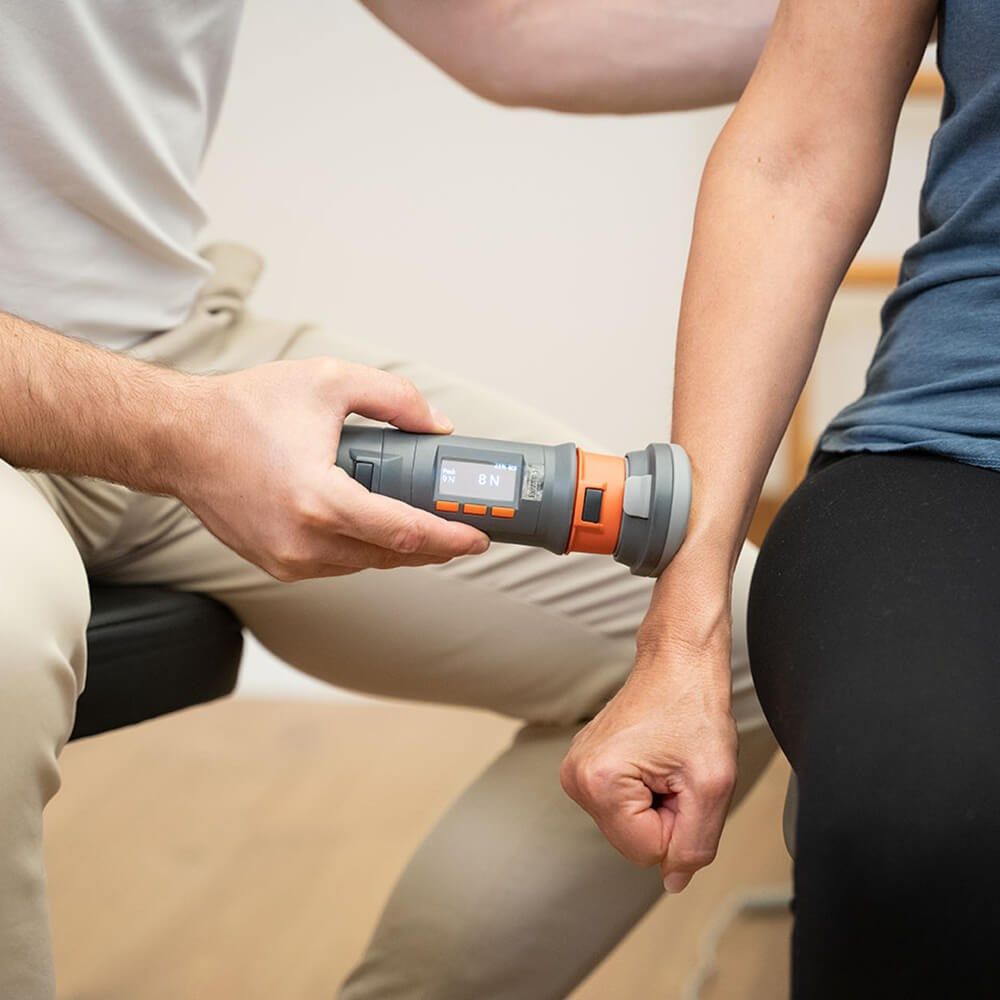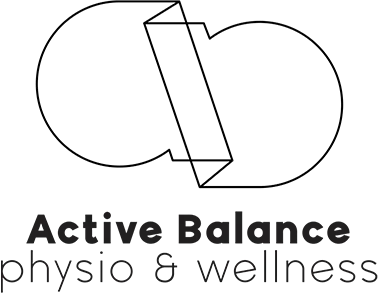Return to Sport Testing
Returning to sport after an injury is about being ready and feeling confident. Many athletes and active individuals rush back too soon, unaware of lingering weaknesses, imbalances, or inefficient movement patterns that could lead to re-injury. We can help you take the guesswork out of your rehab and return-to-sport process using cutting-edge technology: the VALD ForceDecks & Dynamo.
What are the force decks and why do they matter?
The VALD ForceDecks are highly sensitive dual force plates that measure strength, power, and movement symmetry with precision. Whether you're recovering from an injury like an ACL tear or managing chronic tendinopathy, these tools allow us to see what’s happening more accurately.
The ForceDecks detect even subtle differences in how your body is loading during movement, which gives us real-time, objective data to guide your rehabilitation. This is critical to help optimise the likelihood of an effective return to sport.
What the research tells us...
Studies have shown that returning to sport safely can depend on psychological readiness and meeting certain biomechanical and neuromuscular benchmarks. These can include:
- Effective muscle activation
- Balanced force production
- Symmetrical movement patterns
Unfortunately, injuries often disrupt some, if not all of these due to possible muscle weakness, restricted mobility, and altered motor control. Without measuring and managing these accurately, these contributing factors can be easily missed and therefore negatively impact a successful return to sport.
That’s where the ForceDecks shine as they give us this detailed insight.

VALD Dynamo
Dynamo is a handheld device that can measure the strength of individual muscle groups. It can also accurately measure range of motion in degrees for precise measurements to track improvements to the nearest degree. This enables us to clearly track improvements and deficits left vs right for comparison.
Examples of tests:
- Rotator cuff shoulder external and internal rotation
- Hamstring and quad strength
- Hip flexion, extension, abduction, and adduction.
- Grip strength
- Range of movement testing for all joints
- And many more…
Preseason Screenings - Head into the season confident!
Preparing your body for the demands of the upcoming season is crucial for enhancing performance and decreasing the risk of injuries. Identifying potentially risky recovery patterns, weakness, imbalances, and movement patterns before they become an issues during the season is key for an optimal sporting season.
We believe ‘what we can measure we can manage’. This is why our screening process makes use of our state-of-the-art VALD force plates and dynamo testing equipment so that our athletes can see their results in real time and identify any potential risk or areas of improvement. Additionally, we use our own aerobic and strength testing equipment allowing our athletes to track the effectiveness of their programs over time and work towards their sporting and performance goals.
Following the screening we craft personalised programs that target the specific areas of improvement and goals of our athletes ensuring optimal conditioning for the season ahead. This program is for ALL athletes from your weekend warrior up to the high level elite with special consideration for any chronic or acute health conditions. If necessary, we coordinate with other specialists within our clinic to provide a holistic and integrated approach to your well-being.
We understand the importance of accessibility. Our Pre-Season Injury Screening Program is available to clients across various health schemes, including Medicare, private health insurances, department of veteran affairs, and NDIS. So if you are looking to decrease your risk of injury, enhance your performance or are just curious to find out about your physical health and performance this program is for you….

Common Injuries We Assess with ForceDecks:
Our team at Active Balance use ForceDecks to support recovery and performance across a range of injuries, including:
- ACL injuries – including prehab, post-op, and reconditioning
- Ankle sprains – acute or chronic instability
- Muscle strains – in the thigh, calf, hip, or arm
- Tendinopathies – such as patellar or Achilles tendon issues
We also may use this technology for other situations such as total knee & hip replacements.
Each of these conditions affects your ability to generate and control force during movement which the ForceDecks can pick up accurately.
What a ForceDeck assessment may look like...
We tailor each assessment to your sport and your injury. During a session, you might perform tests on the ForceDeck such as:
- Lower Body
- Countermovement jumps
- Box jump or hop tests
- Sit to stand
- Upper Body
- Shoulder Isometric I-Test
- Push up
Usually, we will cluster 2-5 individual tests to be able to look at your trends of movement and understand how the body will respond to different stimulus.
We can also film your movements to assess technique, giving us both qualitative and quantitative data. This dual-layered approach provides a full picture of how you’re moving and where you can improve.
This specific testing will take 20-30 minutes, and further time is allocated to additional assessment, explanation of results, and management planning.
After the session, you’ll receive a comprehensive report outlining your results as an extension of what was discussed within the session. This will help further illustrate your management plan.
Ready to Make Your Comeback?
If you're looking for a smarter, more personalised approach to injury rehab and performance, book an appointment with us today.
Let’s take the next step—together.
